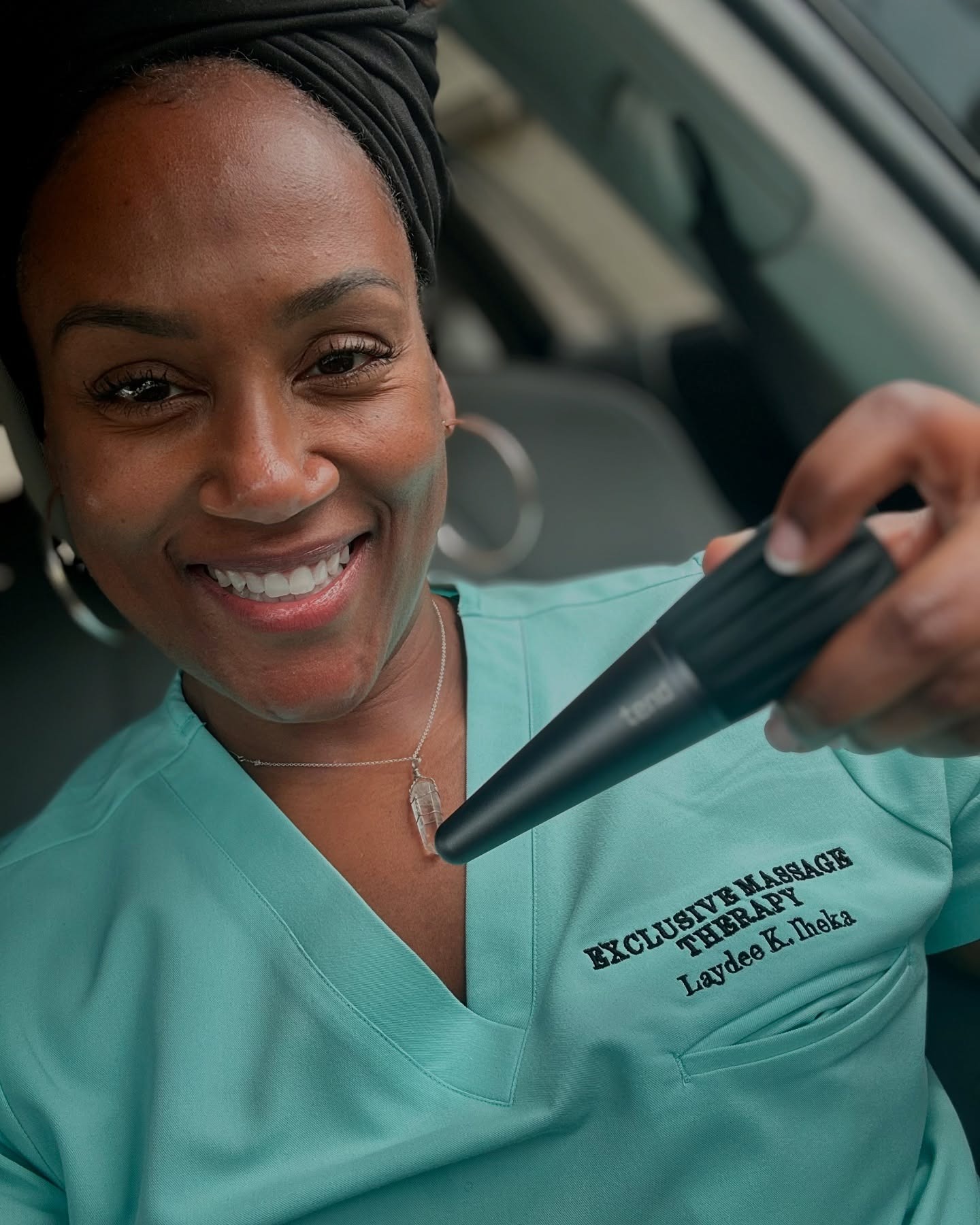By Viktor Thorup, Olympic Speed Skater & Tend Athlete
I’m not the kid who dreamed of the Olympics. I wasn’t skating on frozen lakes as a toddler or growing up with a gold medal above my bed. I just found something I was weirdly good at and decided to chase it.
For me, that was inline skating first, and then, unexpectedly, ice skating. Within 40 days of switching sports, I won a medal at the Junior World Championships. Four years later, I was standing at the Olympic start line. It all happened fast—but what came after was slower. Harder. More revealing.
The Two-Year Plateau No One Talks About
In elite sport, everyone sees the medals. No one sees the stretch of time where nothing improves.
Between 2020 and 2022, I didn’t set a single personal record. Not one. Two years of training, over 1,400 sessions, and no tangible progress on paper. If you’re not improving in speed skating, it’s not the conditions or the weather. It’s you. That’s brutal.
It made me question everything.
But I held on to something I deeply believe: the harder the journey, the sweeter the result. In my head, I said it over and over. This will be worth it. This will be worth it.
And it was.
The breakthrough finally came. I not only hit a personal best, but won my first World Cup medal and qualified for the Olympics—again.
Why Enjoying the Process Matters More Than Ever
Before that race, my childhood coach called me with advice I didn’t expect: “Remember to enjoy it.” I needed to hear that. In sport, it’s easy to forget why we started. The more pressure there is, the more joy seems to disappear.
But smiling at the starting line doesn’t mean you’re not serious. It means you’re alive in the moment. Present. And more likely to dig deeper when it matters.
I try to carry that into everything now—training, racing, even recovery.
Discovering Tend by Accident
Speaking of recovery, here’s something I didn’t plan: I found Tend scrolling Instagram one day. I was mid-travel, tired, and honestly skeptical. I’ve tried five or six different recovery tools, from clunky massage guns to compression pants. Most were too big, too slow, or just too much effort to use on the road.
Tend caught my eye because it was compact. But what kept me using it was the way it targeted exactly the small, stabilising muscles we rely on in skating. It helps me feel mobile—loose enough to move, strong enough to perform.
Most tools either soften you up too much or just vibrate aimlessly. This was different. It became something I’d actually use before a race. That was new for me.
The Real Secret: Recovery is More Than Tools
Here’s something I want more people to know: recovery isn’t about finding the perfect stretch or spending hours hacking your body. It’s about consistency.
Sleep well. Eat right. Do the little things—every day. Recovery tools like Tend are incredible, but they work best when you’ve built habits around taking care of your body long before anything goes wrong.
Final Thoughts
From no ice rinks in Denmark to Olympic finals, from two years of stagnation to a World Cup podium—my journey has been far from linear. But that’s the point. Nothing worth doing ever is.
What keeps me going isn’t medals. It’s momentum. The promise that if I show up today, something good is coming.
And that goes for anyone. Whether you're chasing a race time, healing from an injury, or just trying to move better than yesterday—it starts with showing up.








